On February 4, 1935, the Moscow metro (underground transit system) held its first trial run. Three months later, on May 15, the metro’s first line, from Sokolniki to Park Kultury, was opened to the public.
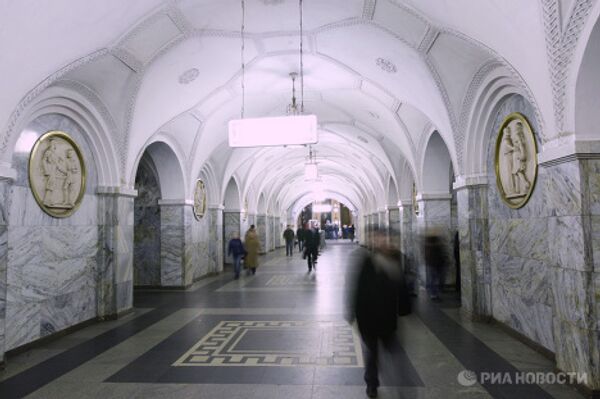
1/9
© RIA Novosti . Ruslan Krivobok
On February 4, 1935, the Moscow metro (underground transit system) held its first trial run. Three months later, on May 15, the metro’s first line, from Sokolniki to Park Kultury, was opened to the public.
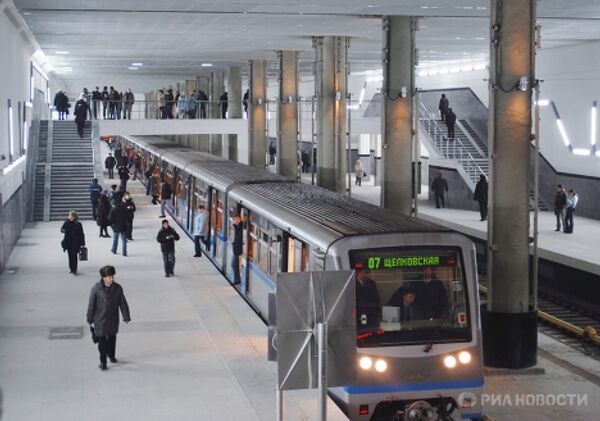
Seventy-five years later, on December 26, 2009, the first passengers used the new stations on the Arbatsko-Pokrovskaya line – Mitino, Volokolamskaya and Myakinino (photo). Today there are 180 stations on the Moscow metro’s 12 lines with a total system length of 298.8 km (186 miles). It is the world’s second busiest metro system (after Tokyo).
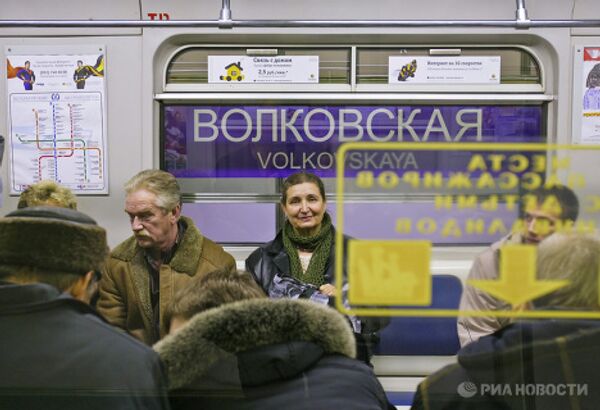
The metro in St. Petersburg, opened in 1955, is the deepest in the world. It has five lines with 63 stations and a total system length of 109.8 km (68 miles). All the stations in the St. Petersburg metro have platform flood doors to block water from the tunnels during a possible flood. The St. Petersburg metro has no track or stations above ground.
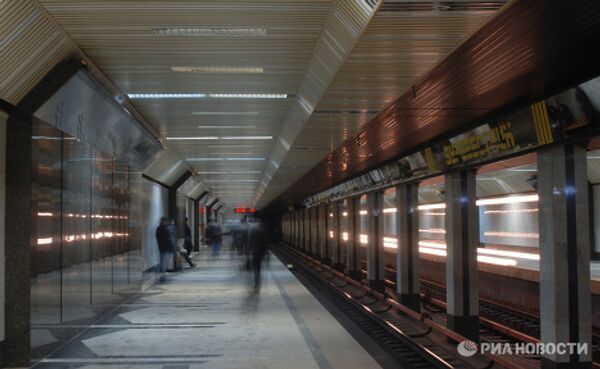
Russia’s third metro system was opened in Nizhni Novgorod on the Volga in 1985. It has 13 stations.
Photo: The Burevestnik station of the Nizhni Novgorod metro.
Photo: The Burevestnik station of the Nizhni Novgorod metro.

Russia’s fourth metro was opened in Novosibirsk in West Siberia. It has 12 stations on two lines, Leninskaya and Dzerzhinskaya, and a 2,145-meter metro bridge across the River Ob, the longest in the world. The Novosibirsk metro was declared the safest in Russia in 2006.
Photo: The Ploshchad Lenina station of the Novosibirsk metro.
Photo: The Ploshchad Lenina station of the Novosibirsk metro.
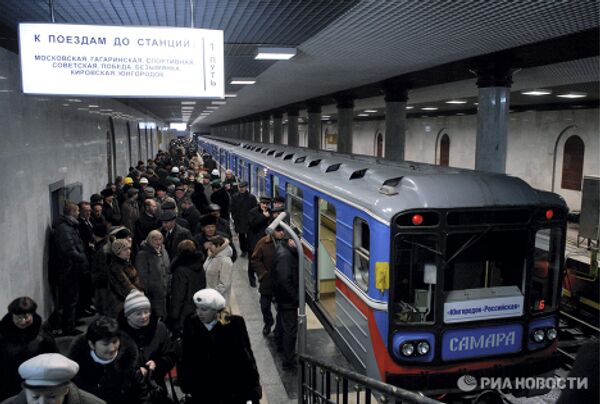
The Samara metro was commissioned on December 26, 1987. It has nine stations on a single line with a total length of 11.4 km (7 miles).
Photo: The Rossiiskaya station of the Samara metro.
Photo: The Rossiiskaya station of the Samara metro.
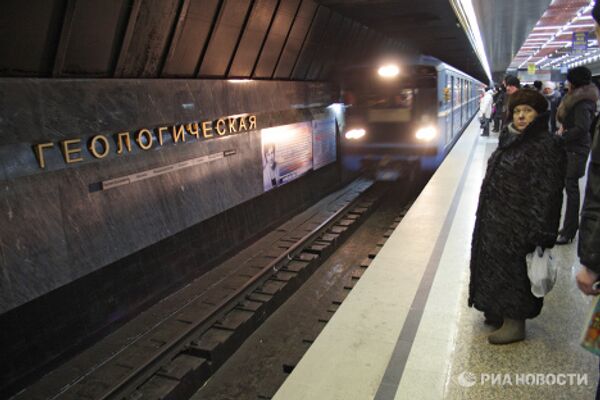
The Yekaterinburg metro, opened on April 29, 1991, is the sixth and last built in the Soviet Union. There are seven stations on a single 9-km (6-mile) line. Before launching the Kazan metro in the republic of Tatarstan, the Yekaterinburg metro was the shortest in the world.
Photo: The Geologicheskaya station of the Yekaterinburg metro.
Photo: The Geologicheskaya station of the Yekaterinburg metro.
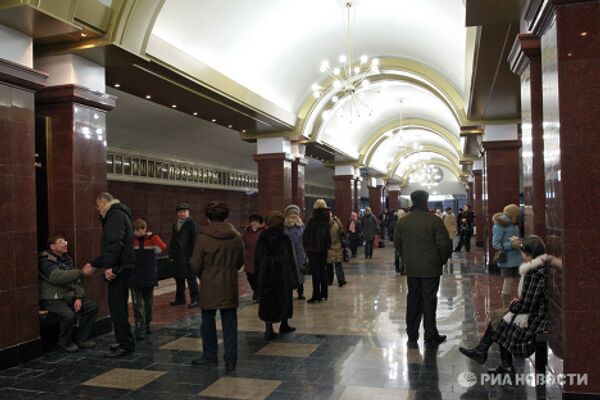
The Kazan metro was unveiled on August 27, 2005, in time for the celebrations of the 1000th anniversary of Kazan. It was the first subway system built in Russia after the dissolution of the Soviet Union in 1991. It is the least used and therefore the cleanest metro in the world and the most beautiful in Russia. It has six stations on a single 8.4-km (5-mile) line.
Photo: The Prospekt Pobedy station of the Kazan metro.
Photo: The Prospekt Pobedy station of the Kazan metro.
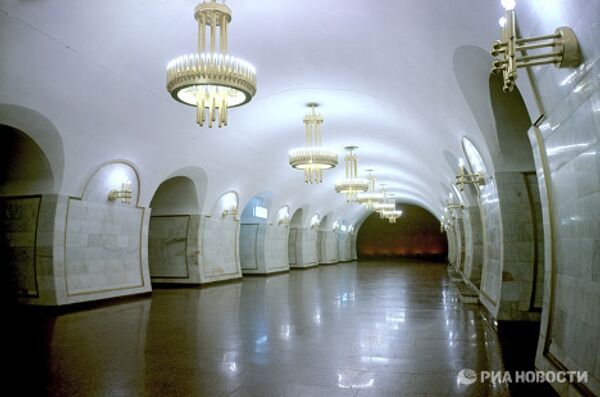
The metro in Kiev, Ukraine, was opened in 1960. Its tunnels are larger than in Western Europe, allowing roomier trains. The Arsenalnaya station of the Kiev metro, located at a depth of 105.5 meters, is the deepest in Europe.

